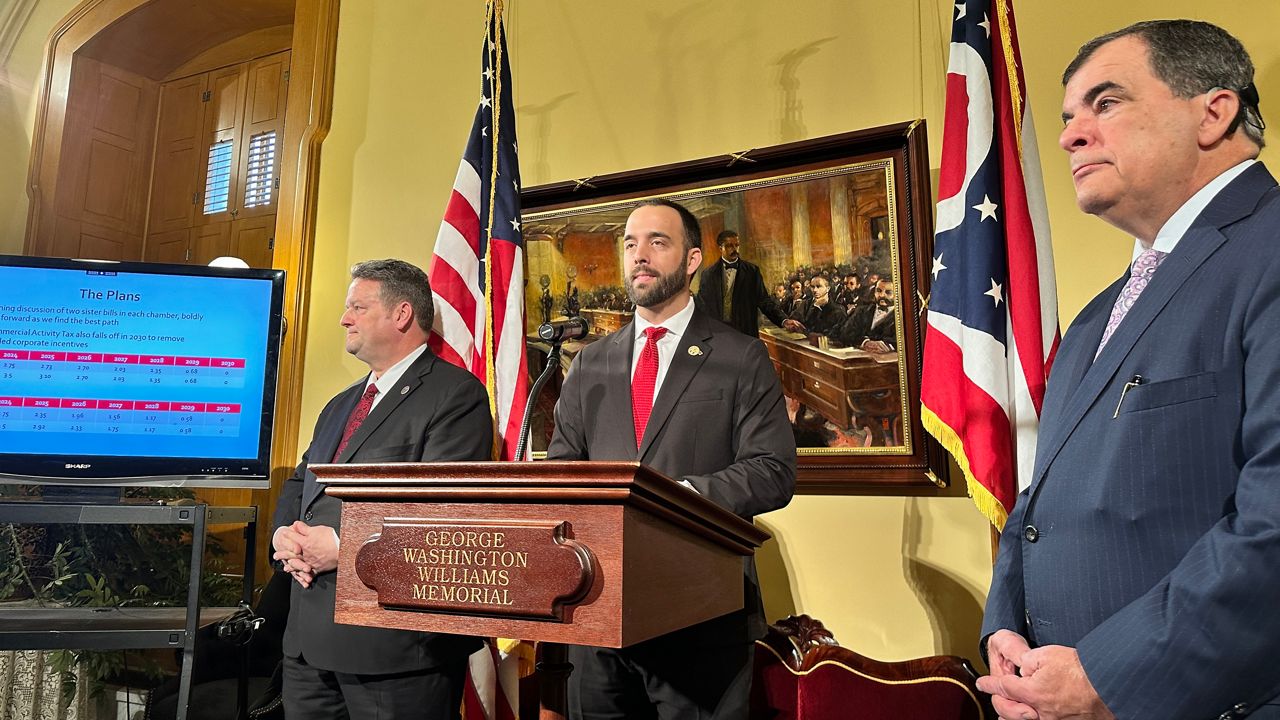Republican Ohio lawmakers want to eliminate the state income tax for everyone by 2030. To accomplish this, Representatives Adam Mathews, Brian Lampton, Senators George Lang, and Stephen A. Huffman have introduced House and Senate measures. Before phasing down the income tax, the House recommends 1.17% by 2028 and the Senate 2.7% by 2026.

Photo from Google
Ohio Lawmakers Eyeing Income Tax Elimination Spark Budget Concerns
Mathews said every time they’ve decreased the income tax, revenue has climbed. Democrats on the Ohio House Finance Committee, like Representative Daniel Troy, are skeptical about the state’s long-term stability. Representative Bride Rose Sweeney, the ranking member on the Ohio House Finance Committee, warned of a $20 billion budget shortfall if the income tax is abolished, threatening state government, school financing, higher education, and healthcare cuts.
Businesses would lose the state income tax and commercial activities tax under the law. Rep. Troy and others worry about sales tax income and whether local governments would need to hike sales or property taxes. Mathews ensures that infrastructure and vulnerable populations won’t be damaged, but opponents recommend a balanced strategy that emphasizes income, property, and sales taxes.
Ohio Republican House Speaker Jason Stephens supports tax reduction, which the bill achieves. He stressed that committees would thoroughly debate and deliberate the measure. Eliminating the income tax follows recent budget decreases in state income tax rates.
READ ALSO: $6.5 Million Direct Payments From Denver Basic Income Project Extended For 6 Months Aiding More Homeless And Immigrants
Ohio Lawmakers Clash Over Income Tax Elimination
However, critics like Rep. Troy worry about a fiscal gap due to recent revenue declines and increased spending. Troy worries about spending billions more on school-choice vouchers in the coming year or two.
Despite the obstacles and disagreements, Mathews advocates budgetary responsibility, advocating natural resource revenue or tax code simplification. The argument highlights the delicate balance needed to pay for Ohio’s basic services and tax relief.













































